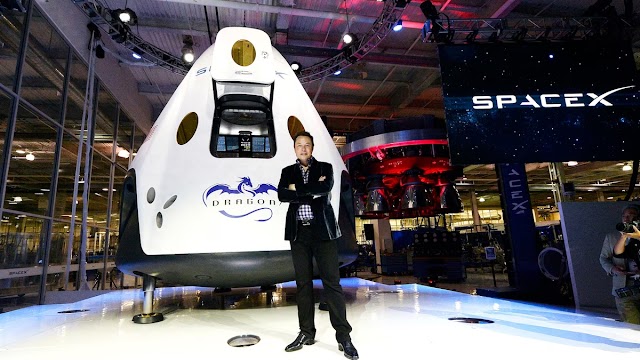Space missions are some of the most incredible and technologically advanced endeavors ever undertaken by humanity. From the first satellite launches in the 1950s to the present day, space exploration has expanded our understanding of the universe and pushed the boundaries of what is possible.
One of the most famous early space missions was the Apollo program, which landed the first humans on the moon in 1969. The Apollo 11 mission, which carried astronauts Neil Armstrong and Edwin "Buzz" Aldrin to the lunar surface, was watched by millions of people around the world and remains a defining moment in human history.
 |
Since the Apollo missions, there have been many other significant space missions, including the launch of the space shuttle in the 1980s and the establishment of the International Space Station (ISS) in the 1990s. The ISS is a collaborative project between NASA, the European Space Agency, the Russian Federal Space Agency, and other international partners, and serves as a research laboratory in orbit around the Earth.
One of the most ambitious space missions currently underway is the NASA Artemis program, which aims to land the first woman and the next man on the moon by 2024. The Artemis program also aims to establish a permanent presence on the moon and to use it as a stepping stone for future missions to Mars and beyond.
In addition to human spaceflight missions, there have also been many robotic missions to explore the solar system and beyond. These missions have used spacecraft and probes to study planets, moons, asteroids, and other celestial bodies up close.
Some of the most famous robotic space missions include the Viking mission to Mars in the 1970s, the Galileo mission to Jupiter in the 1990s, and the New Horizons mission to Pluto in the 2000s.
One of the main goals of space missions is to expand our understanding of the universe and our place within it.
Through the study of other planets, moons, and celestial bodies, we can learn more about the conditions that are necessary for life, the history of the solar system, and the nature of the universe as a whole.
Space missions also have many practical applications, including the development of new technologies and the improvement of satellite-based communication and navigation systems.
Satellites are used for a wide range of purposes, including weather forecasting, mapping, and the delivery of television and other communications signals.
Space missions are not without their challenges and risks. Launching spacecraft into orbit and beyond is an extremely complex and costly endeavor, and there have been many high-profile failures over the years. However, despite these setbacks, the potential rewards of space exploration make it a worthwhile pursuit.
In conclusion, space missions are some of the most exciting and technologically advanced endeavors ever undertaken by humanity.
From the first satellite launches in the 1950s to the present day, space exploration has expanded our understanding of the universe and opened up new possibilities for the future. Whether it's sending humans to the moon or exploring other planets with robotic probes, space missions are an integral part of our quest to understand the universe and our place within it.








0 टिप्पणियाँ